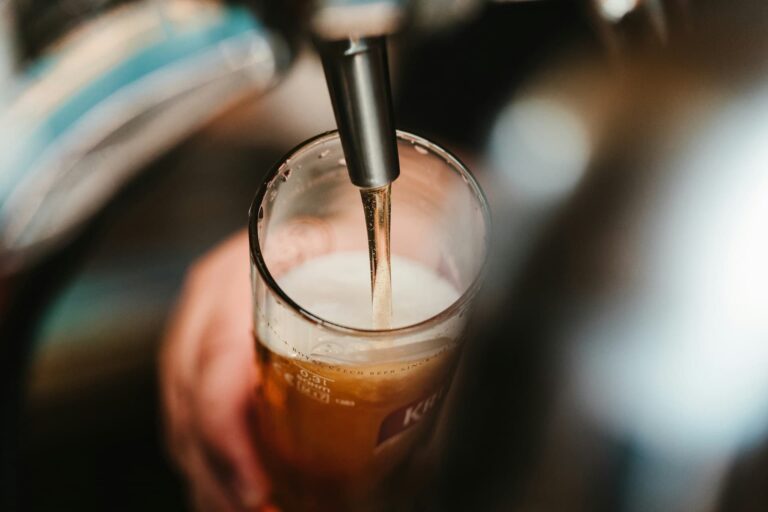
AR continues to evolve and take shape. Like other tech sectors, it has spawned several sub-sectors that comprise an ecosystem. These include industrial AR, consumer VR, and AR shopping. Existing alongside all of them – and overlapping to some degree – is AR marketing.
Among other things, AR marketing includes sponsored AR lenses that let consumers visualize products in their space. This field – including AR creation tools and ad placement – could grow from $4.7 billion in 2023 to $11.8 billion in 2028 according to ARtillery Intelligence.
Factors propelling this growth include brand advertisers’ escalating affinity for, and recognition of, AR’s potential. More practically speaking, there’s a real business case. AR marketing campaigns continue to show strong performance metrics when compared with 2D benchmarks.
How is this coming together? And what are best practices? These questions were tackled in a recent report by our research arm, ARtillery Intelligence, including narrative analysis, revenue projections, and campaign case studies. It joins our report excerpt series, with the latest below.
Fan Fervor
Golden Road Brewing is a craft beer brand under the broader Anheuser-Busch umbrella. AB wanted to gain awareness for the brand, and decided to piggyback on the excitement and fan fervor around the L.A. Dodgers’ 2020 World Series win. So it turned to AR marketing.
Campaign goals were to lean into AR’s interactivity to create awareness and engagement around the co-branded Dodgers Blonde Ale, sold at Dodgers games. Targeting fans at the height of their celebration, including the subsequent season, was hoped to boost shareability and virality.
As for the UX, Golden Road’s web AR campaign – built with 8th Wall – invited Dodgers fans to celebrate by posing with a virtual can of Dodgers Blonde Ale. A face filter also placed a Dodgers cap on the user and falling Dodgers confetti for a celebratory vibe (see it in action).
An additional call to action prompted users to capture a photo and ”Tap to Redeem” a rebate coupon. This generated a custom map to show users the nearest place to buy Dodgers Blonde Ale. The latter made the campaign actionable in addition to its brand awareness goals.
And the results? The campaign achieved a 1.5-minute average dwell time, and an 18 percent CTR (Click-Through-Rate) for the coupon. Both KPIs exceed non-AR benchmarks, such as 20-second average dwell times for video, and display ad CTRs that are a fraction of a percent.
Tactics & Takeaways
One of the key aspects of mobile AR marketing isn’t just the experience itself, which of course is important, but how it’s distributed and amplified. For example, social AR like Snap Lenses offer the ability to tap into an existing and aggregated base of AR-forward Snapchat users.
Another opportune channel is web AR, and that’s the route that Golden Road Brewing chose, as noted. Specifically, web AR’s advantages include less activation friction, as anyone with a mobile browser is compatible. And it can be delivered by good-old QR codes and web links.
AB’s creative agency Aircards further amplified the experience on Golden Road Brewing’s social media channels, and a full-page print ad in the LA Times that included a QR code activation. Fans could also take a photo or video celebrating with the filter and share it on social media.
Lastly, Golden Road’s success can be attributed to its timing. It tapped into a cultural moment to boost engagement. AR can shine in such scenarios because it plays into users’ urge to virtually embody a given entity or experience during a period of heightened excitement and belonging.
We’ll pause there and circle back in the next AR marketing case study with more best practices analysis. Meanwhile, check out the full report.
Header Image Credit: BENCE BOROS on Unsplash






